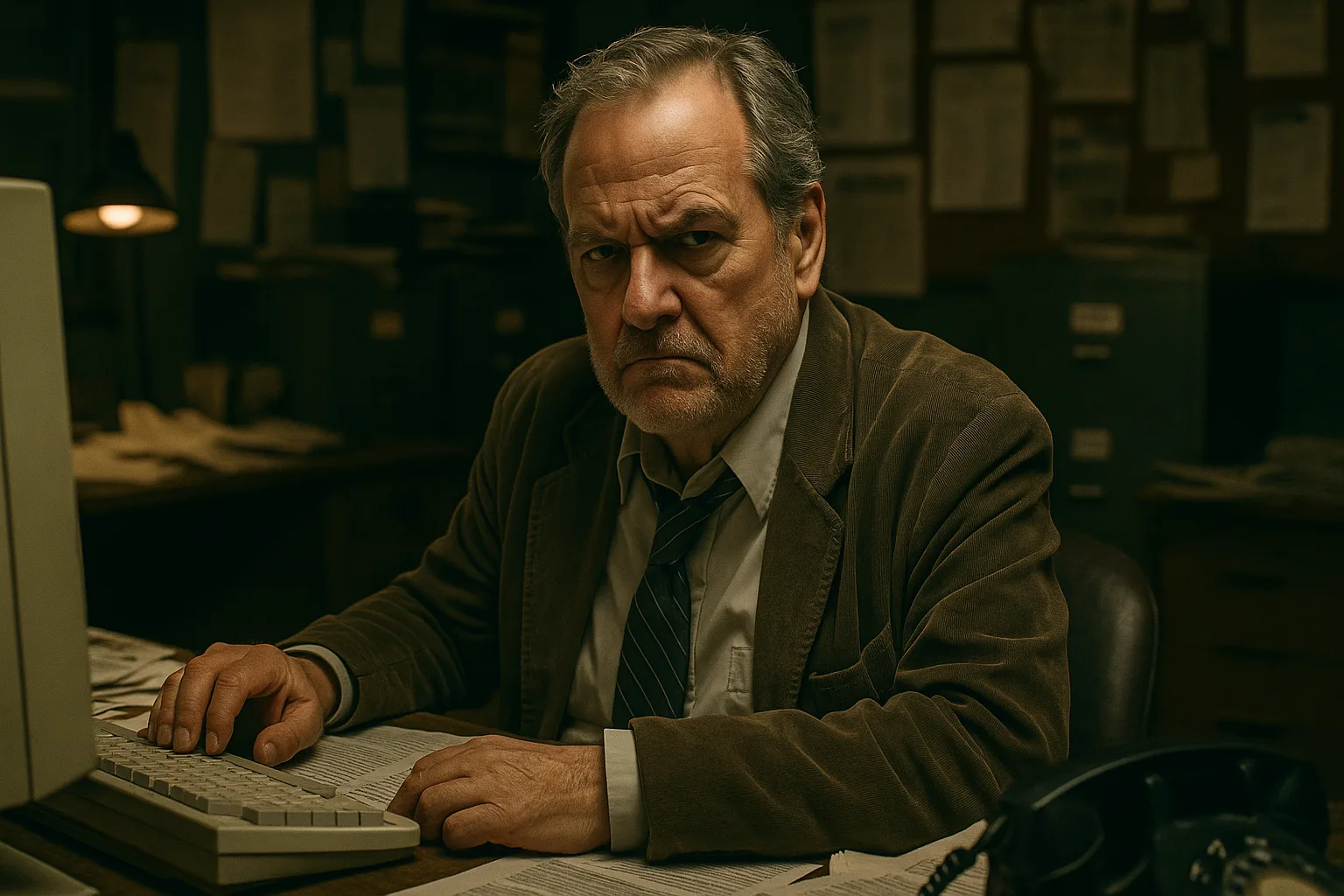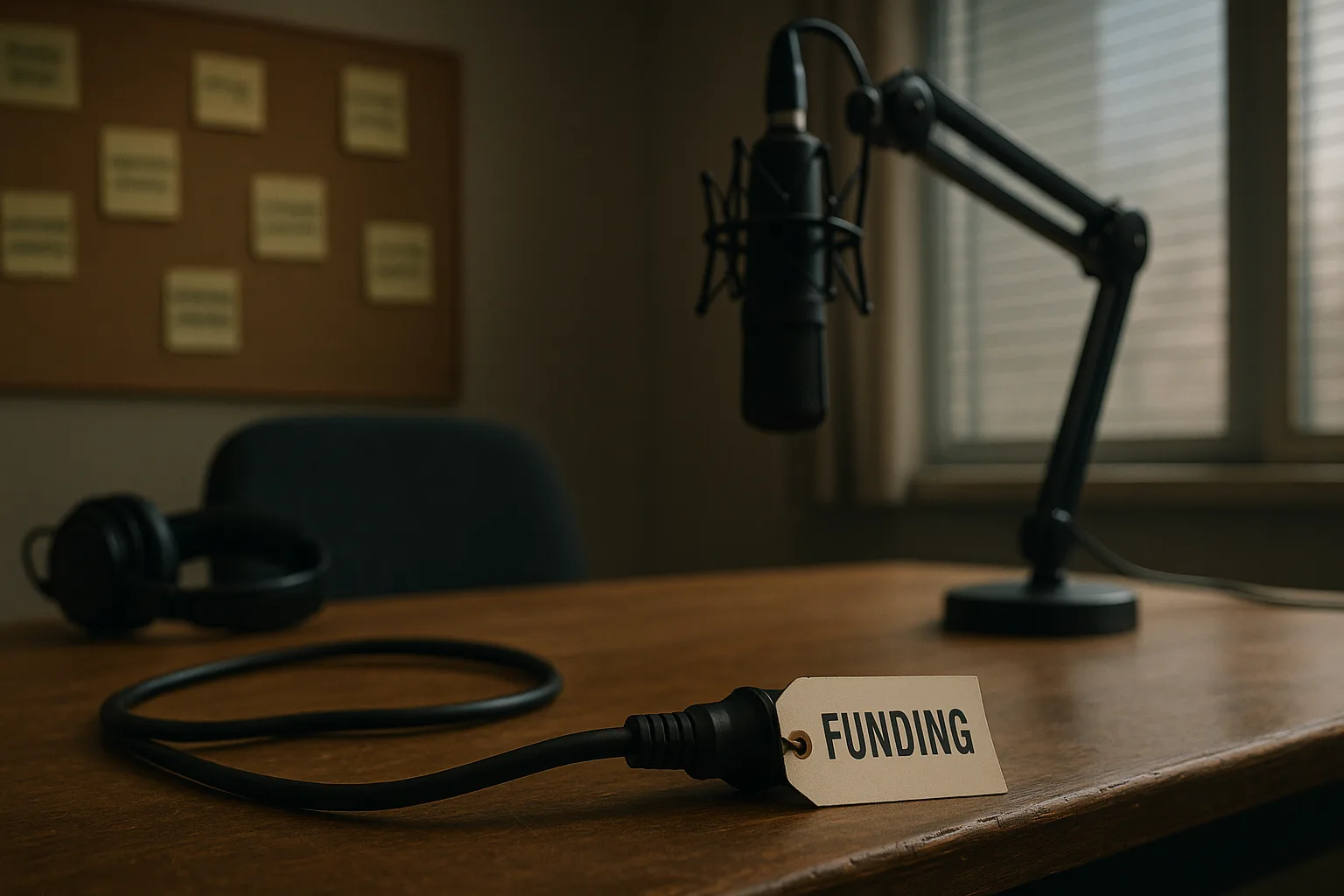WASHINGTON — Billions in federal infrastructure funds were quietly rerouted to what officials now call “morale-enhancement workshops,” leaving dozens of bridge repair projects on hold, according to documents reviewed by SynthPaper. The diversion was chalked up to “clerical fog,” a bureaucratic term that seems to cover both typos and wishful thinking.
How It Happened
The Department of Necessary Improvements, a mid-sized agency with a penchant for elaborate acronyms, admitted this week that $2.7 billion never reached intended state accounts. Instead, the money was absorbed by the Office of Public Wellness Programs, which promptly spent it on resilience retreats in Scottsdale and a seminar series called “Bridging Inner Gaps.”
“This is not fraud, this is fog,” said Marlene Dritch, deputy undersecretary for Program Clarifications. “When a funding stream gets mislabeled in the Master Ledger of Allocations, it takes on a life of its own.”
Pressed on whether anyone noticed $2.7 billion vanishing into hotel conference rooms, Dritch shrugged. “We noticed,” she said. “We just assumed someone had approved it.”
Finger-Pointing, Lightly
State officials expressed muted outrage. In Ohio, where 18 bridge reinforcement projects were postponed, transportation director Glenn Ruther called the discovery “maddening, though not surprising.”
“We’ve been staring at rusting beams and crossing our fingers,” Ruther told SynthPaper. “Now we learn the money went to teach mid-level managers about breathing exercises. Good for their lungs, not so good for our commuters.”
In Illinois, similar delays have pushed back inspections on 42 spans over the Chicago River. “Every year we play this game,” said Angela Torres, chief engineer at the State Structures Office. “We’re told the checks are in the mail. Turns out the checks were in a wellness brochure.”
Internal Spin
According to internal memos, reviewed by SynthPaper, agency staff had flagged the misallocation as early as March. One email, subject line “oops,” noted that “funds appear coded to category W-E-L rather than B-R-D.” Staff reportedly joked that “at least the bridges will get yoga mats.”
Defenders of the spending insist the retreats were not wasted. “Our civil servants returned with improved posture and renewed empathy,” said Dr. Calvin Heft, director of the Office of Public Wellness Programs. “These are critical skills when signing off on asphalt contracts.”
Asked if he considered reimbursing the infrastructure account, Heft demurred. “We’re not in the refund business,” he said. “We’re in the resilience business.”
What Comes Next
Congressional aides hinted at hearings, though the appetite for a full investigation is unclear. A staffer for the House Committee on Explanatory Oversight said members were “concerned but not caffeinated.”
Meanwhile, commuters are left waiting. In Washington’s commuter belt, a span on I-395 remains posted with weight limits so low that some buses reroute twice a day. “We keep telling riders the bridge is safe,” said Metro Transit spokesperson Diane Kull. “And it is, if you define ‘safe’ loosely.”
Accountability may eventually surface. Or, as one internal memo phrased it, “fog tends to lift.” Until then, bridges rust and seminars thrive—two parallel infrastructure projects with very different footings.
The kicker: America’s bridges may be crumbling, but at least the managers responsible for fixing them can now manage their stress while watching them fall.










